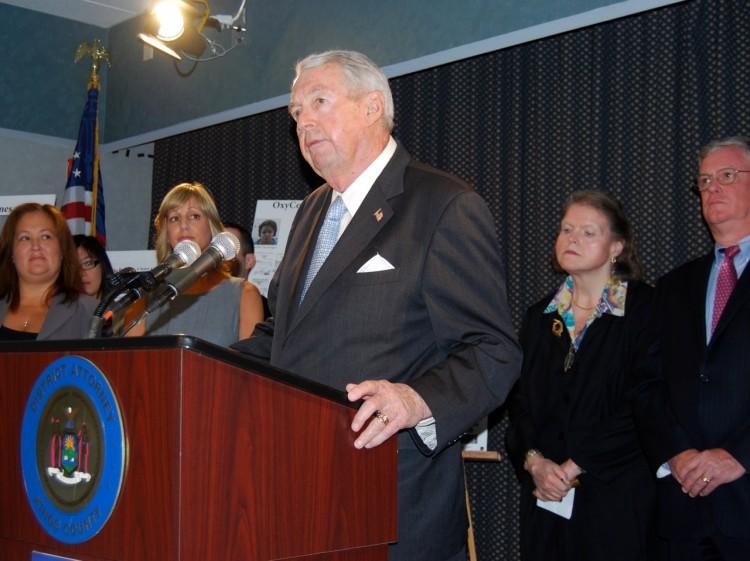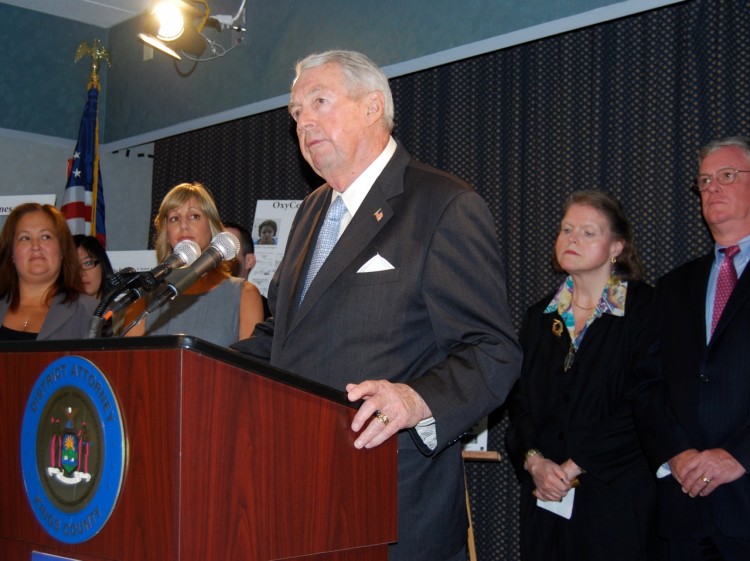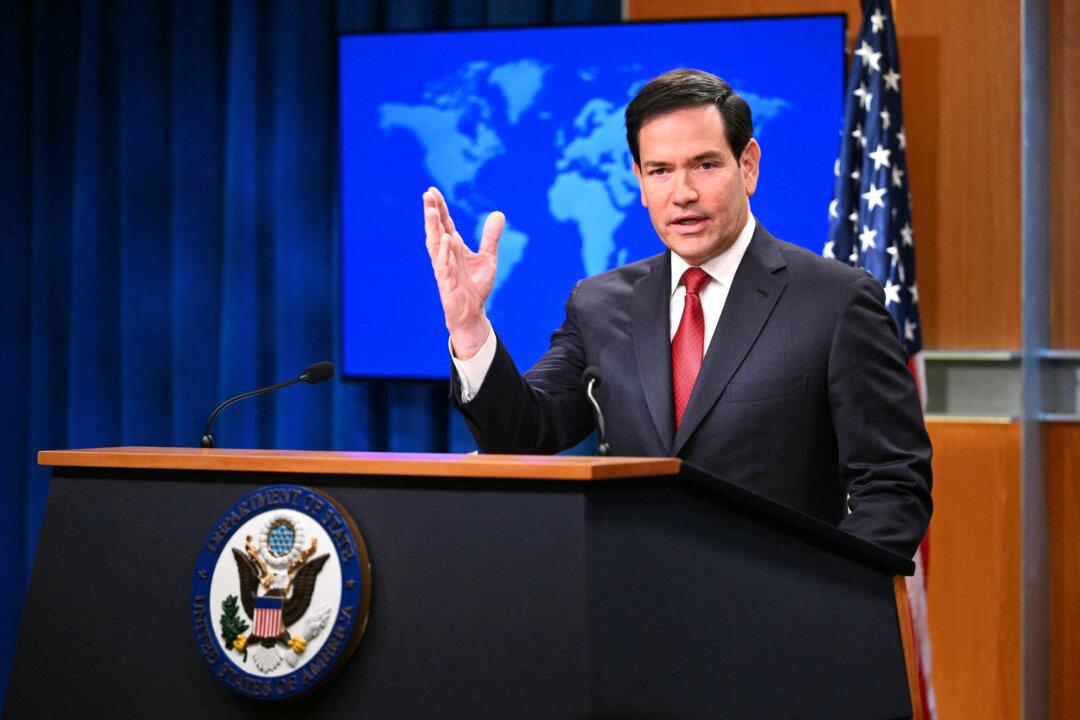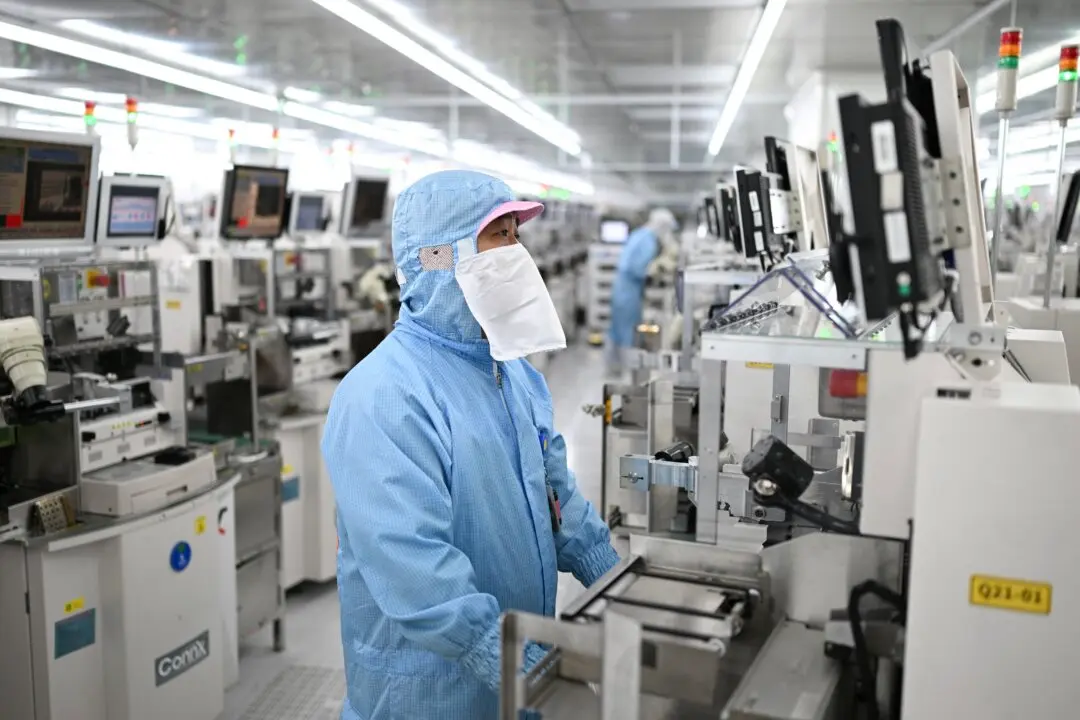35 Indicted for Medicaid Fraud
“Medicaid is an important program for the low-income people it is intended to support. It is not a cash cow for profit-hungry drug dealers,” Hynes said.
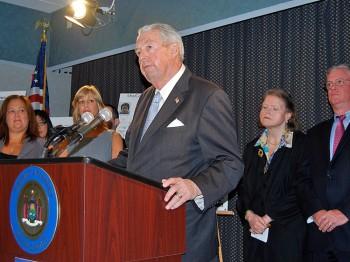
WELFARE FRAUD: Kings Country District Attorney Charles Hynes announces the indictment of 35 people charged with Medicaid fraud on Thursday in Brooklyn. Catherine Yang/The Epoch Times
|Updated:

